
An artist’s statement by Heather Tatreau; photos by Donn Young
As a modern dance choreographer, I have always been interested in how we show our humanity and tell our stories through movement. However, the location of a performance tells its own story.

Over the past 20 years, I have created and performed dances on traditional theatrical stages as well as in art museums, Italian piazzas, parks and even on an old resurrected sunken ship in a New York City harbor. Each unique location led to movement choices and contributed to an implied narrative. Our physical landscape informs and reflects our values as a community. Site-specific performance brings awareness to these values and offers an opportunity for diverse perspectives to be considered and for hidden truths to be uncovered.
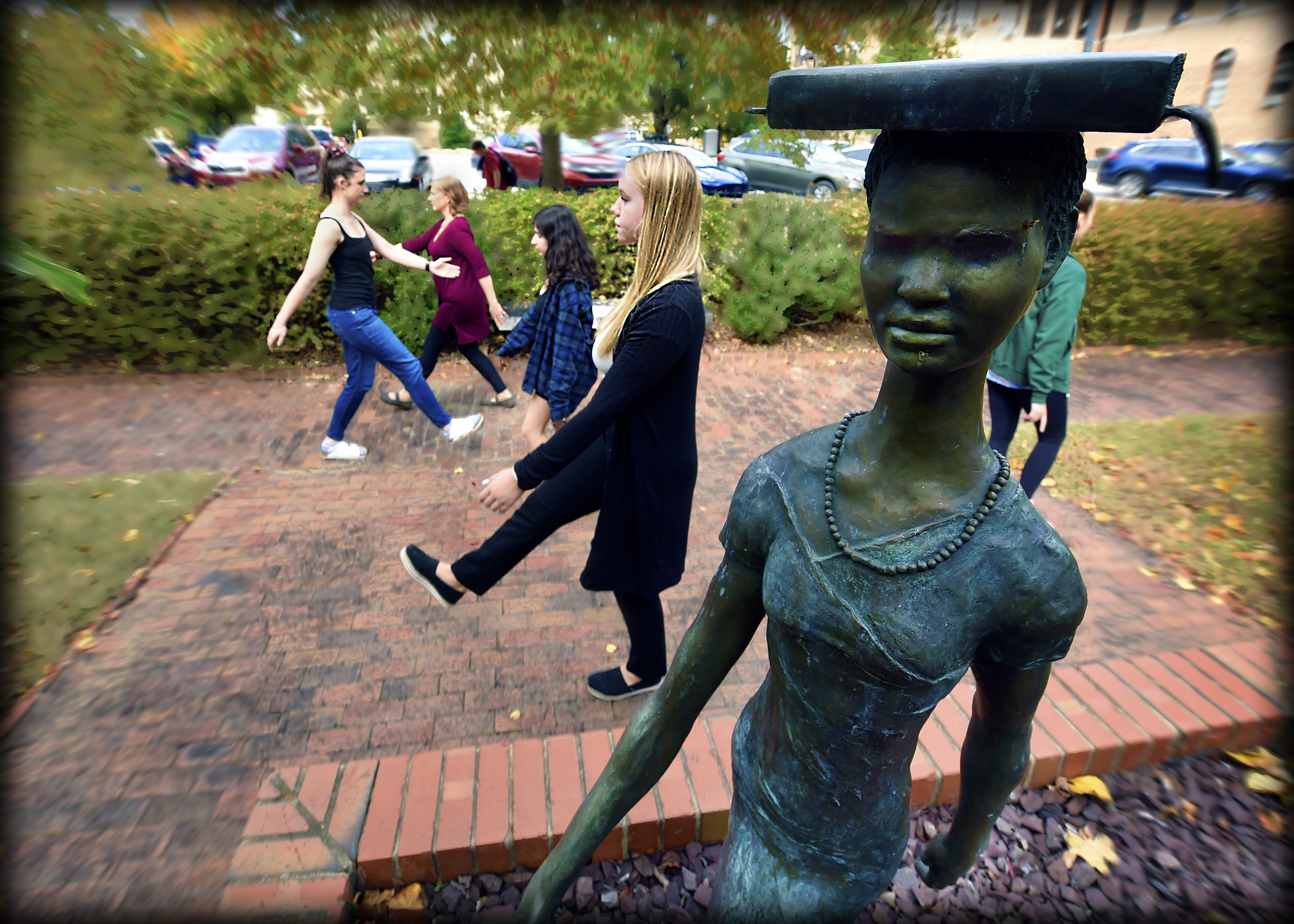
Once a site is identified for a performance, the artist may spend a considerable amount of time researching the history of the location through archives and conducting community interviews. This is part of our research in the creative process. The artist also spends time at the site making observations of the physical surroundings. Not only is the architecture of the space important, but safety concerns like uneven dancing surfaces and lighting must be noted. The process of creating the performance is often highly collaborative among the performers, with many discussions of implied meanings and vantage points. Since there is a more intimate relationship between performers and audience members due to proximity, the audience’s perspective is continually considered. If the performance has been successful, audience members will leave with a transformed perception of that site. We can gauge this effectiveness through post-performance discussions and feedback questionnaires.
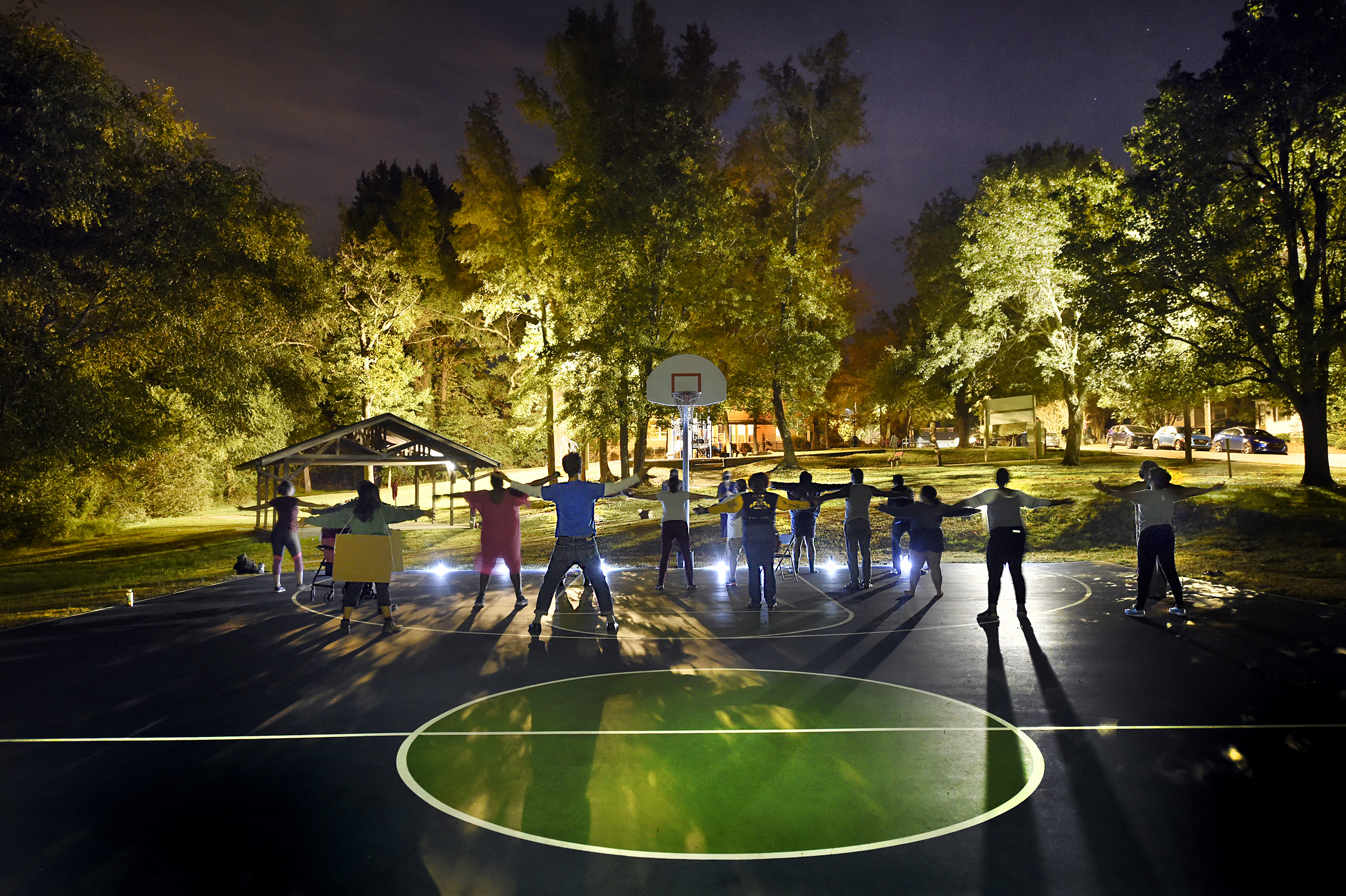
In 2018, I began a quest to understand the history of UNC monuments through the creation of a site-specific performance that took the form of a silent, contemplative walking tour of campus at night. This tour guided audience members to five historically debated sites on campus and used performance to expose and question the truths of these sites. The performance asked: What can we learn when we are quiet and let the voices of the past come into conversation with the present? Can we create a space where every voice belongs? Who has been left out of our community’s narrative? These are questions that members of our Carolina community have been asking more and more as we reconcile with our past.
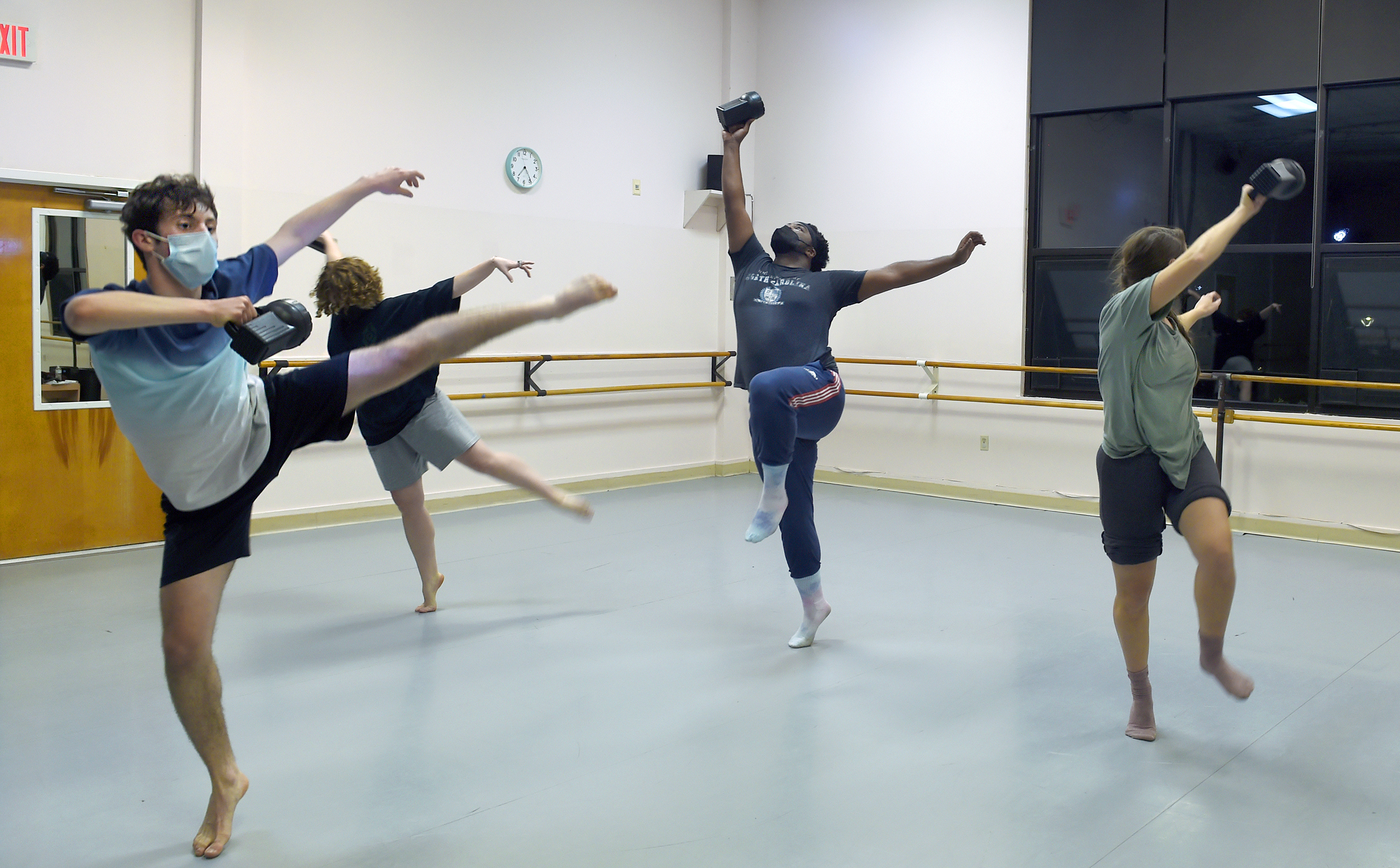
The next iteration of the walking tour took place last week on Nov. 5 and 6. Voices: A Walking Tour was the first live performance in the UNC Process Series since COVID-19 shutdowns of performance theaters nationwide, and it opened our 2021-2022 season. After a year and a half of increasing turmoil, this performance offered an opportunity for the community to come together, contemplate and imagine a more just future. About 100 audience members came to each night’s performance.

As a producer of the Process Series, I am interested in whose voices we prioritize. As an artist, I choose to open that space and invite other voices to contribute to my own work. And I always involve my students in the creative process. I collaborated with a dynamic and diverse group of artists who challenged the audience to see their everyday surroundings in a new way, considering multiple viewpoints through song, spoken word and dance.
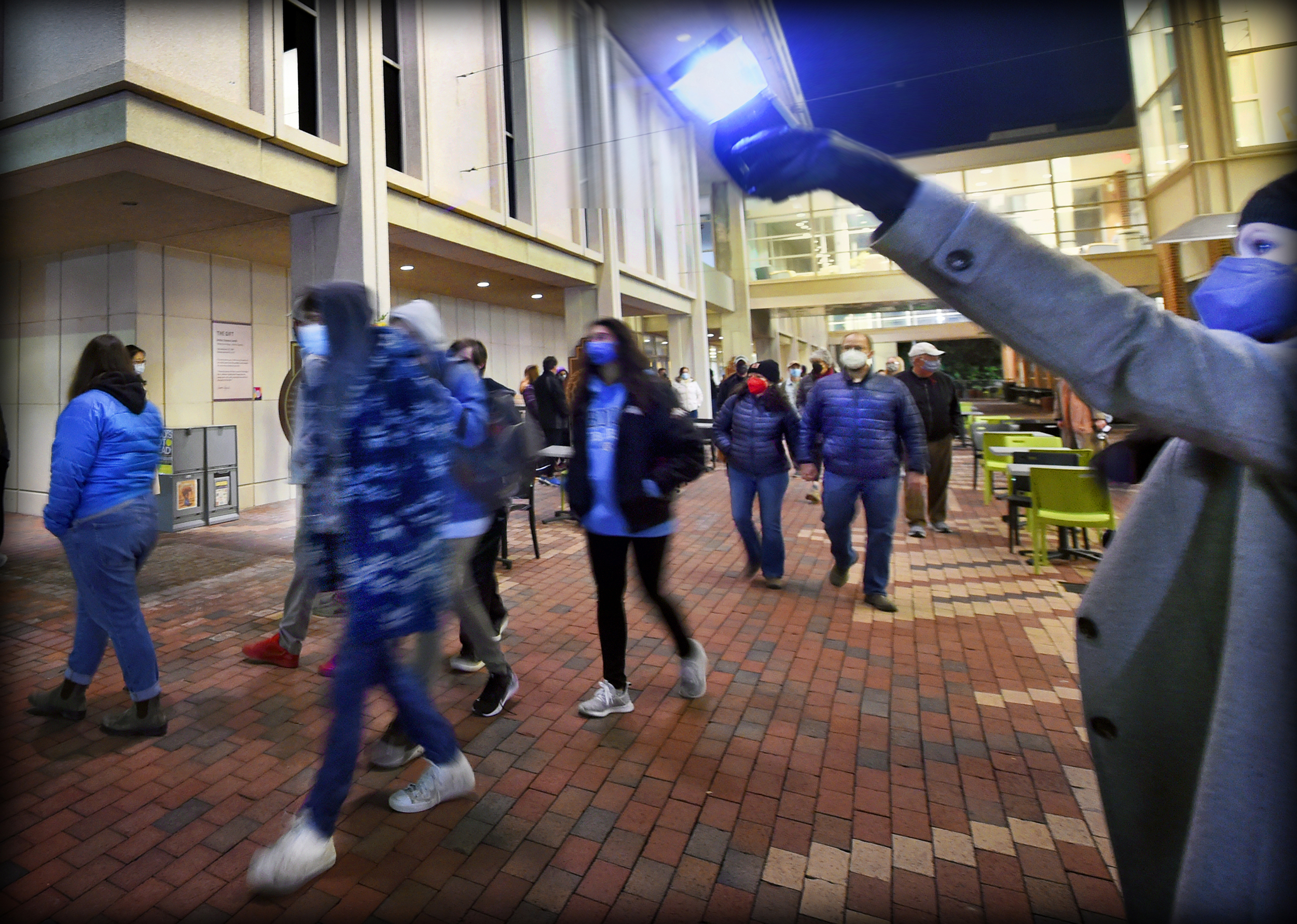
The tour, which began at the Old Well, included Chapel Hill poet-laureate C.J. Suitt at the Unsung Founders Memorial, the Carolina Indian Circle at The Gift near the Student Union, my “Intermediate Modern Dance” students at the Student Body sculpture garden outside Hamilton Hall, local choreographer Killian Manning’s dancers at the empty field where the Confederate monument known as “Silent Sam” once stood, George Barrett’s cast of Affordable Housing: The Musical at Peace and Justice Plaza on Franklin Street and local artist Meredith Haggerty as our tour guide.


Issues of silenced native voices, student mental health and racial injustice were addressed in this series of site-specific performances. When strung together in a touring format, they created a rather troubling narrative and a call to action. Site-specific performance has the power to create social change through lasting awareness. There are plans to perform Voices again, and to once more note changes in our landscape, each time asking the same question: What kind of community do you want to create here at Carolina?
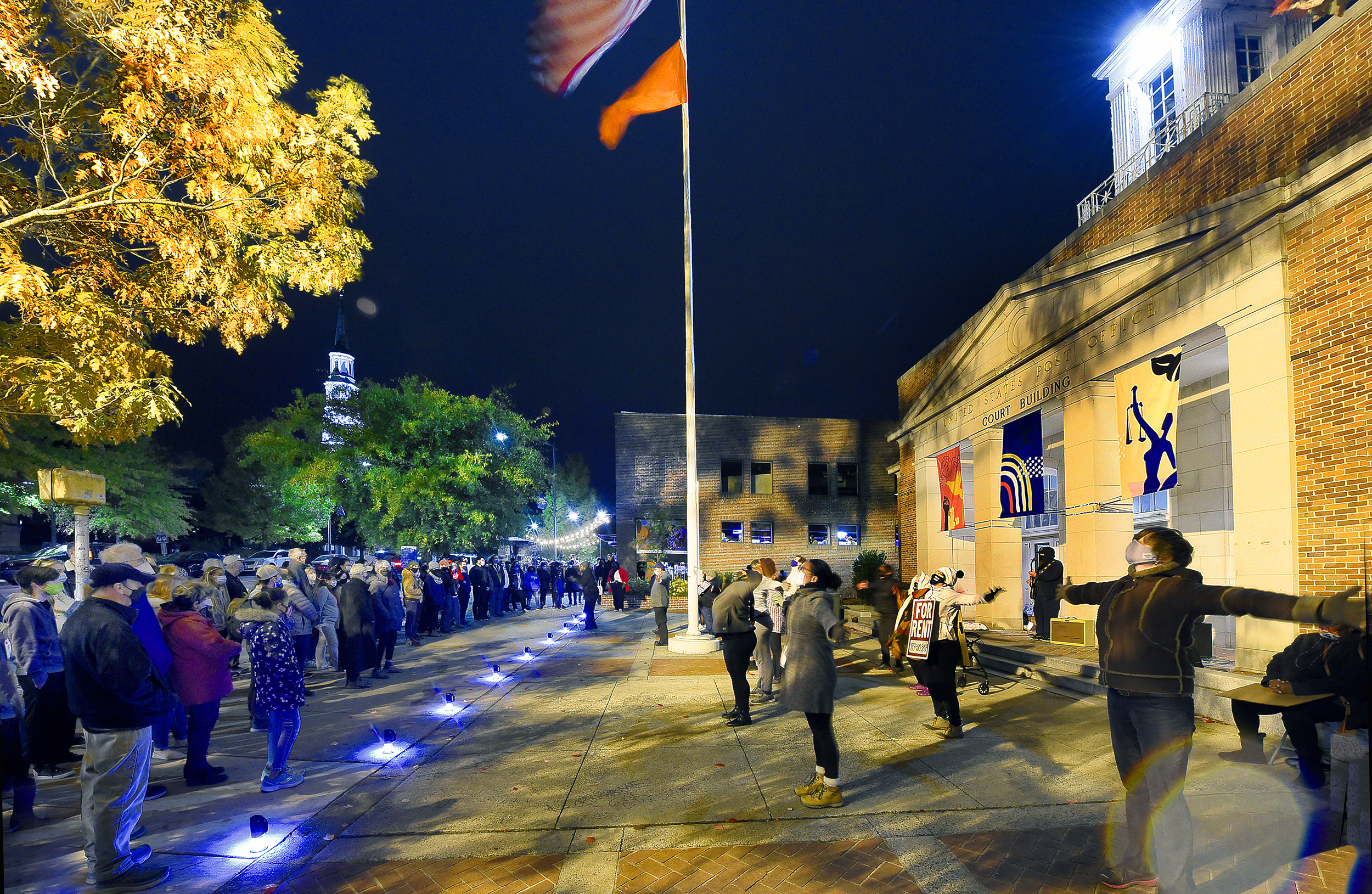
Tatreau (psychology/women’s studies ’98) is a teaching assistant professor of dance in the department of exercise and sport science in the College of Arts & Sciences and the producer for the UNC Process Series. She received an MA in dance education from New York University in 2002 and has been teaching in higher education since 2003. The performance was supported by Humanities for the Public Good, the Orange County Arts Commission and the North Carolina Arts Council.
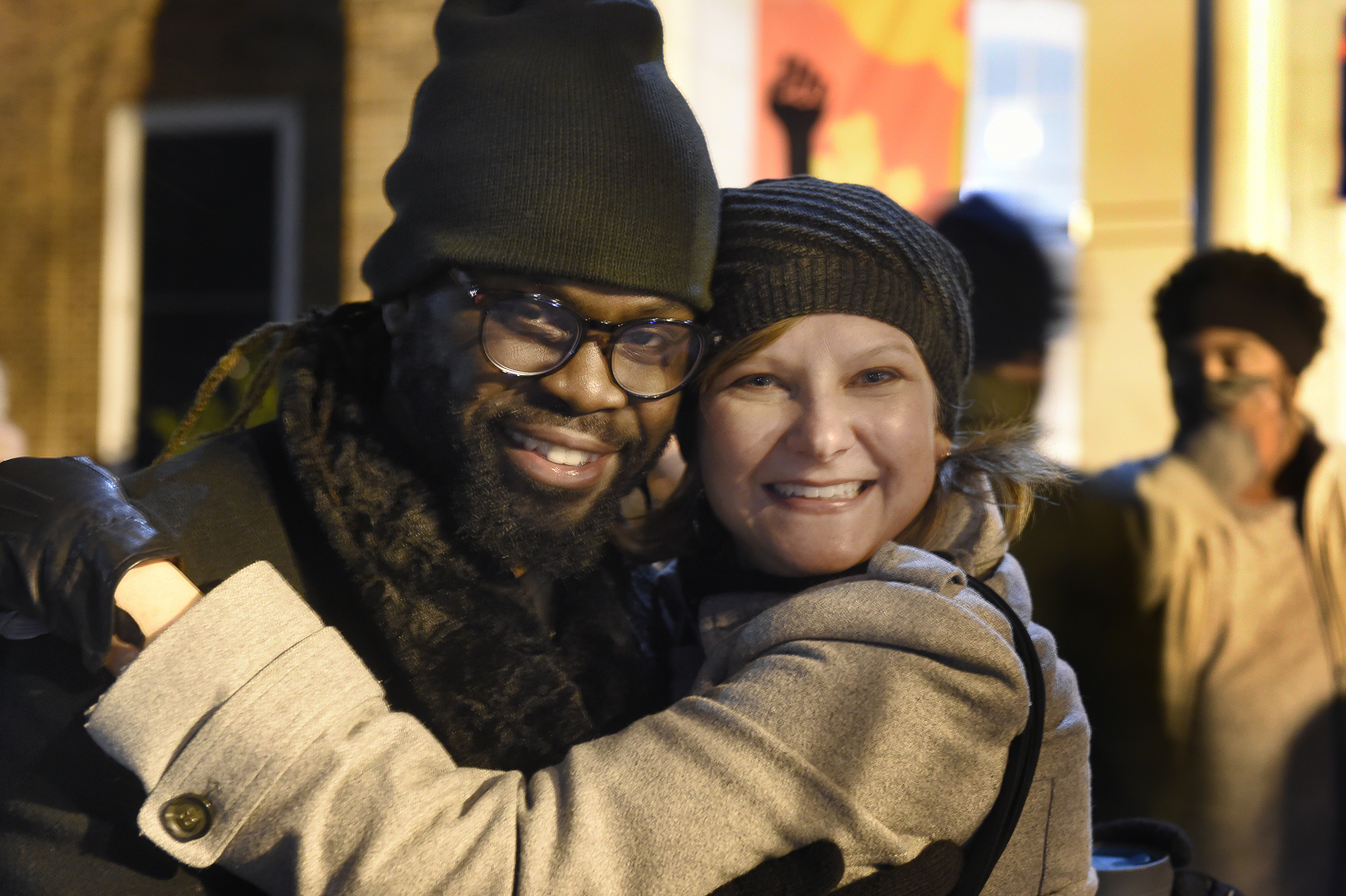
UNC celebrates University Research Week Nov. 8-12. Learn more.
